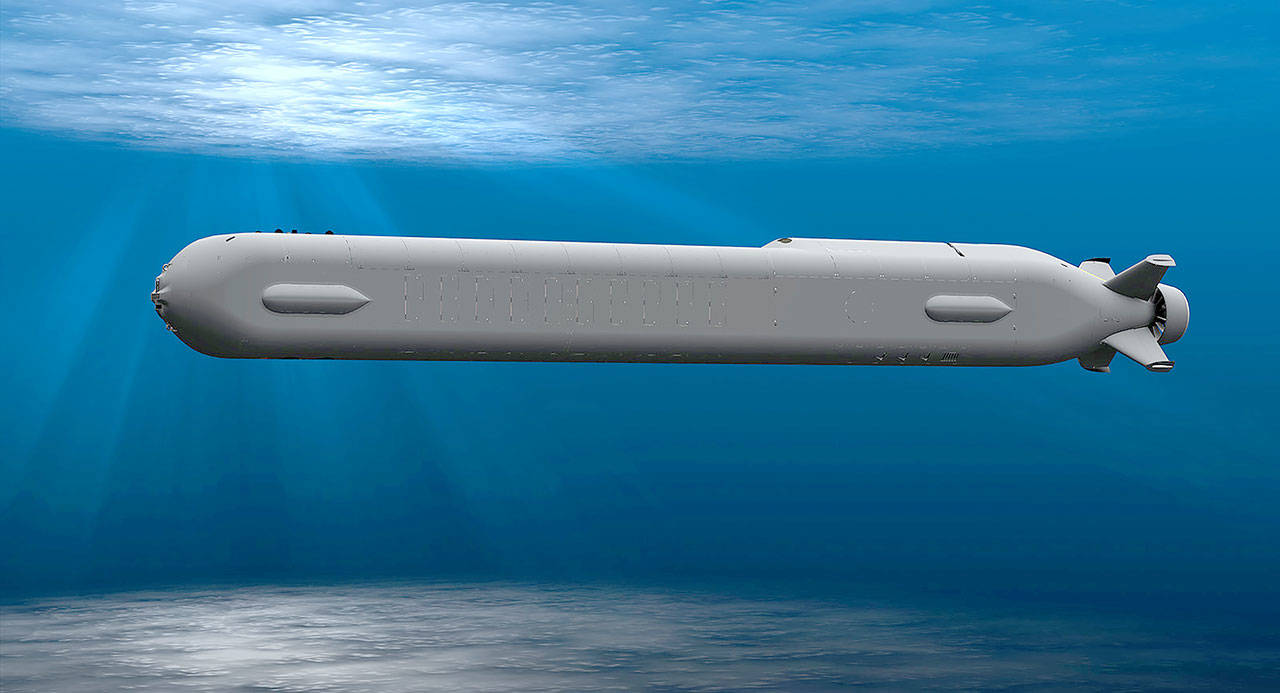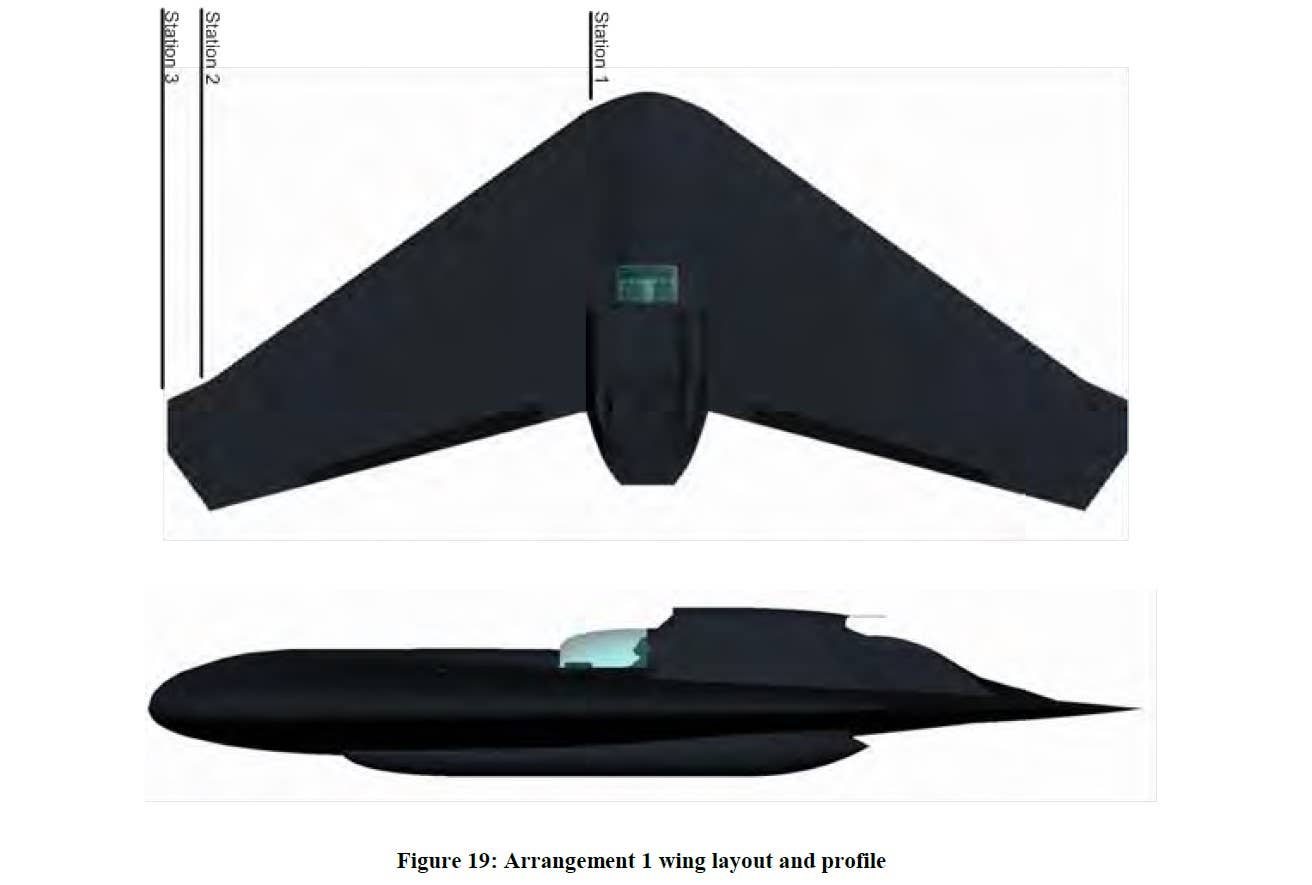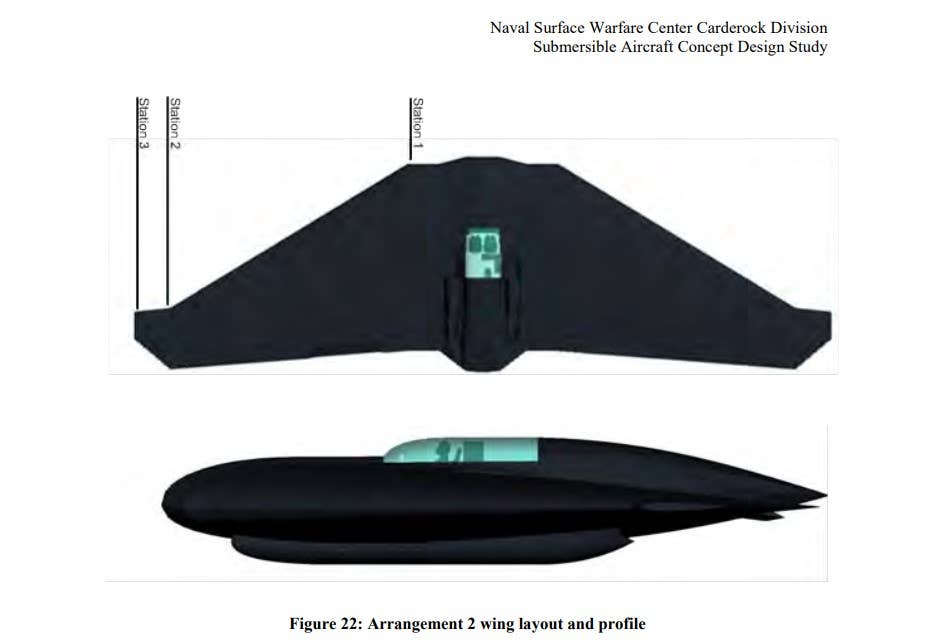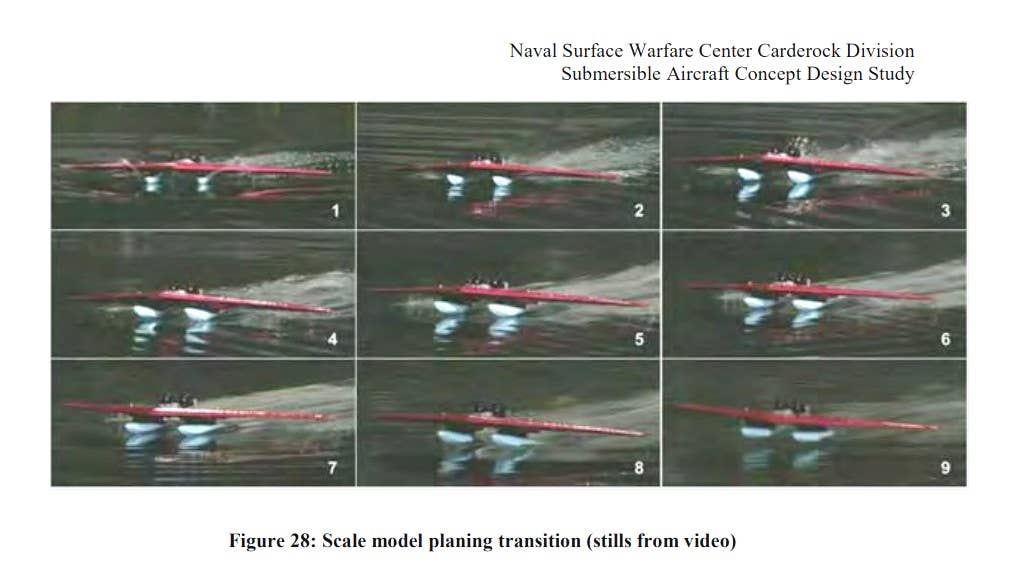Chinese researchers are working on a flying submarine concept that can cruise underwater and fly in the air.
A research team from Nanjing University of Aeronautics and Astronautics in eastern China claimed to have built and tested a prototype submarine drone capable of flying in the air at high speed, reported the South China Morning Post (SCMP) on August 8.
10 Breakthroughs! Chinese Media Outlines ‘Key Feats’ That PLA Forces Achieved To Merge Taiwan With China
Visit ‘Awesome Ukraine’ Right Now – With Sounds Of Gunfire & Views Of Destroyed Cities, War Tourism Is Growing In Devastated Country
According to the researchers, the unmanned vessel can fulfill various civilian and military purposes like inspection of underwater mines.
Researchers described that the drone is driven by four propellers, including a pair at the front that tilts while noting that it can approach an underwater target slowly and linger in a particular area for long durations.
The drone has two large wings that fold over its back when it glides underwater, offering it a streamlined submarine shape, which reduces drag and provides higher mobility.
The wings extend when the drone reaches the surface of the water, enabling it to fly at a speed of 120 km/hr, twice the rate of an ordinary drone powered by rotor blades.
It “consumes little energy when cruising in fixed-wing mode, so it can perform some fast, long-range missions in the air,” Professor Ang Haisong, lead project scientist, wrote about the drone in a paper published in the peer-reviewed Unmanned Systems Technology in June.
Ang’s team produced two scaled-down prototypes with wing spans of around two meters, reported SCMP.
The biggest challenge faced by Ang’s team was during the take-off, as the vessel could not rise directly out of the water because of the surface waves and the drone’s simultaneous interaction with air and water, resulting in an unstable take-off process.
Ang and his team developed a complex control mechanism to address this issue, enabling the submarine to glide on the waves before generating the lift for take-off.
Also, the submarine has an airbag on its underside that can be flooded to adjust the buoyancy so that it can maintain a certain depth without making noise with its propellers.

Flying Submarines
China is developing numerous flying submarines, referred to as ‘transmedia vessels,’ reported SCMP, citing an unnamed researcher from Northwestern Polytechnical University studying similar technology.
“They are mainly for military applications. Some can fly at supersonic speed,” the researcher told SCMP.
China views these transmedia vessels as one of the cheapest and most effective means of destroying the defense system of an aircraft carrier fleet, according to Ji Wanfeng, a professor with the Naval Aviation University in Yantai, Shandong province.
Ji and his colleagues estimate that the multilayered defense system of modern warships can shoot down around half of the incoming threats such as planes, missiles, or traditional drones.
However, a transmedia vessel can break through these layers of defenses, as it can dive underwater when detected by radar and resurface to evade the ship’s sonar system. According to Ji, only a handful of these drones could confuse or even overwhelm a warship’s computer.
Ji and his team noted in a paper published in the Chinese journal Electronics Optics & Control last month that a transmedia vessel launched from a distance of 100 kilometers had a survival rate of close to 100% if it could fly at a speed of more than 150 km/hr.
Such drones “can achieve efficient strikes against the enemy’s key targets. It will surely become a powerful supplement to the Chinese Navy’s existing equipment, combat methods, and tactics,” Ji’s paper said.
US Navy Also Explored Flying Submarines
The US Navy also studied the feasibility of the Submersible Aircraft Concept, which was published in 2010.
However, unlike the Chinese naval experts who envision the flying submarines as means to destroy aircraft carriers, the US Navy’s purpose for its submersible aircraft was to get special operations forces (SOFs) in and out of contested areas covertly.
Also, US Navy’s submersible aircraft concept was manned platforms, not drones.
The US Navy came up with two submersible aircraft designs, dubbed ‘Variant 1’ and ‘Variant 2’, based on the requirements outlined by the US Defense Advanced Research Projects Agency (DARPA) in its Concept of Operations (CONOPS) for submersible aircraft aimed at transporting the SOFs.
As per DARPA’s CONOPS and the conclusions reached by the US Navy’s study, the vehicle would be deployed by any surface vessel with the capacity to carry it and place it in the water.

The submarine will be placed in the water over two inflatable floats, which would negate the suction effect a hull can have on the water’s surface. It will take off using its two turbofan engines that propel the vehicle up to 185.2 km/hr.
The vehicle would continue to fly until it was roughly 12 nautical miles (approx. 22 kilometers) from the shore, after which a country’s territorial waters begin. This is so that even if somebody spots the aircraft flying, it would appear to be flying over international waters.

After that, the submersible aircraft will land on the water’s surface using inflatable floats. These inflatable floats would then be deflated, and the vehicle will also have ballast tanks which will be flooded, along with several other compartments inside, to submerge the vehicle.
Below the surface of the water, the vehicle will use an underwater propulsion pod, consisting of an electric motor to propel it forward and a combination of the motor’s orientation and the vehicle’s flight control surfaces for maneuvering.
The vehicle would move closer to the shore wholly submerged and deploy the special operators via its hatches. They would then reach the shore using submersible scooters or swimming, conducting covert operations in enemy territory.
Following the completion of their operation, the SOFs would return to the water, swim back to their submerged vehicle, and the two pilots of the vehicle would drive it back into international waters before surfacing. After surfacing, the inflatable floats would be filled, and the vehicle would take off again.

The US Navy tested a scale model and concluded in its report that “feasible vehicle concepts can be generated using current technology and materials” to design and build real special operations flying submarines.
However, there is nothing more in the public domain besides this feasibility study. So, it remains unclear whether the Navy pursued any further development of the submersible aircraft concept or dropped it in the end.
- Contact the author at tanmaykadam700@gmail.com
- Follow EurAsian Times on Google News




